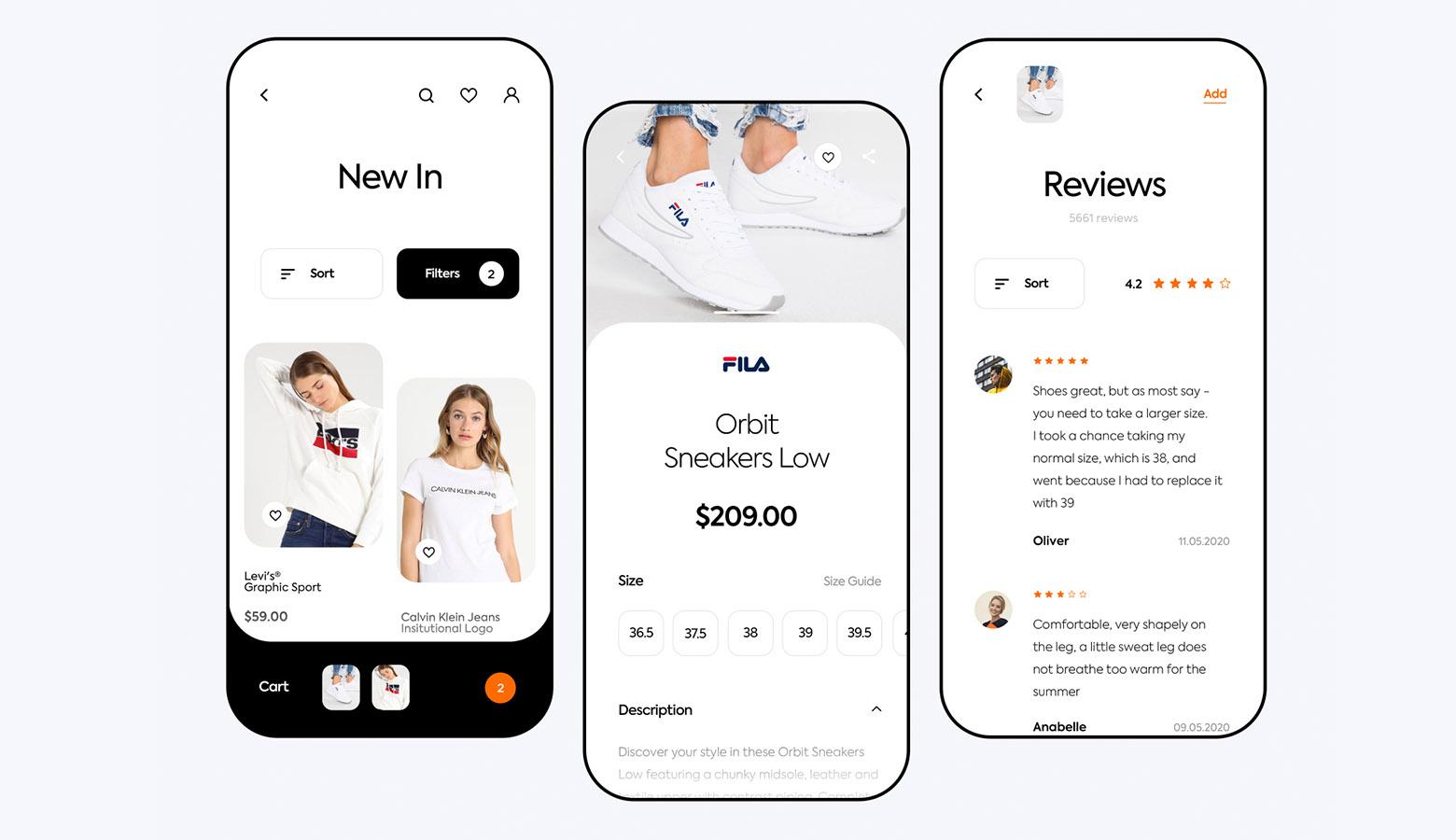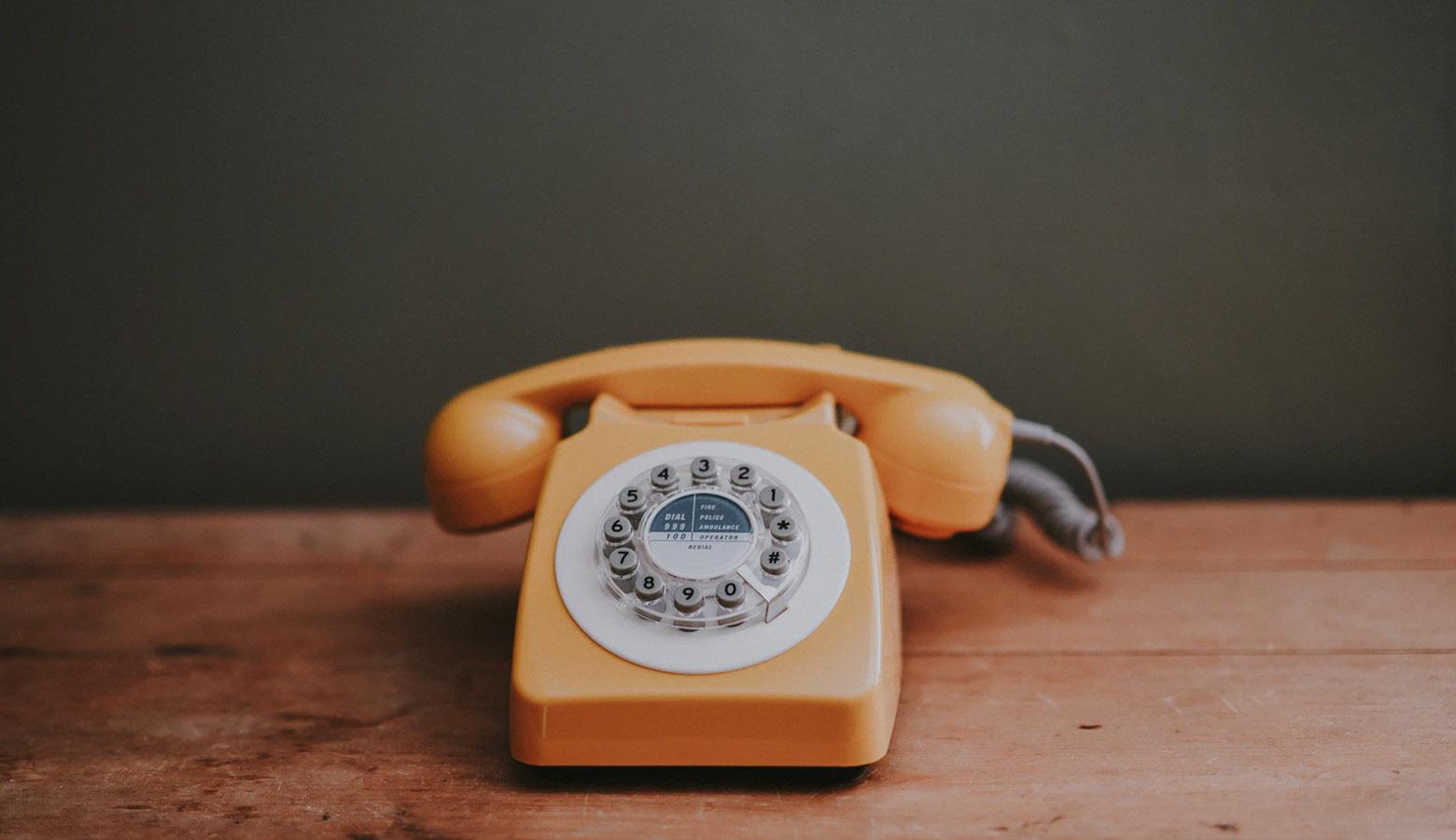Stay Sharp – How to Boost Creativity During a Quarantine
No work in the pipeline? It’s a dreadful reality freelancers face, even more so as the world endures the COVID-19 pandemic. Freelancing contracts aren’t guaranteed. Often, they come in waves. Feast or famine is an apt description, even if it is a bit discouraging.
Still, it’s not as if freelancers are without options. When paying jobs dry up, there’s work to be done. Positivity in the midst of uncertainty is a byproduct of staying active and striving toward goals.
For freelancers struggling to find work, there remain ample opportunities to improve professionally and inspire others.

1. Launch a Passion Project
It’s difficult to design anything from scratch. When it comes to personal design projects, knowing where to start is the hardest part. First, define a purpose and ask questions:
- What’s the ultimate goal of the project? New clients? Creative industry notoriety? Both?
- Where will inspiration come from? Other creatives? Different cultures?
- How can the project be tied to a cause or a community?
- Is the project meant to demonstrate expertise, or is it a chance to explore an unfamiliar design discipline?
- How far can experimentation and self-expression be pushed?
Such questions bring clarity and focus. When projects have a purpose, they have value and are more likely to be finished.
With purpose defined, begin research. Read books. Watch videos. Arrange informal interviews. It’s a personal project, so don’t spend countless hours accumulating information. The point is to glean context and fuel ideas.
It’s also wise to establish a realistic timeframe. Surprising results can be accomplished over the course of a weekend. For longer projects, create milestones, seek out peer accountability, and share progress shots online.

Not convinced that personal projects are worth the effort? Consider an experience I had.
I’m a huge fan of the fake UIs that appear in blockbusters like Minority Report and Iron Man. The intricate details and futuristic features are fascinating–even if the functionality is far-fetched.
Not long ago, I decided to design my own fictitious interface. After three days, I finished and shared my work online. Less than a week later, I received a message from a sound designer. He asked to complement my work with a track he recorded. The final result far exceeded my expectations. It’s my most watched Vimeo video, and it’s led to real job opportunities. A personal interest plus a few days of work opened one door after another.

2. Showcase Stunning Portfolio Pieces Online
A light workload is a perfect opportunity to assemble a portfolio and showcase it online. Where possible, use contextual mockups. Place UI designs on smartphones, landing pages on laptops, and logos on packaging. There are many free device templates available for download.
When work is ready to be seen, don’t hurry to build a website. Instead, find a portfolio platform. Many are free, but not all receive the same amount of traffic. Choose platforms that are proven to provide maximum exposure. Behance is the go-to for top-notch creative talent around the world.
Only share high-caliber work. Choosing what to show can be a challenge, so it’s helpful to ask more questions:
- Should the portfolio attract job opportunities in a specific discipline?
- Is the work meant to convey a distinct style?
- What technical skills ought to be on display?
- Is there a company or an industry that projects should be tailored to?
Multidisciplinary designers with eclectic portfolios ought to highlight common threads and unique characteristics in their work. These could easily become trademarks that lead to more job opportunities down the road.

3. Reinvent Derailed Projects
Sometimes, clients cancel projects midway or steer things in unfavorable directions. It’s gut-wrenching, but derailed projects can be fertile ground for new creative possibilities. By revisiting projects that didn’t turn out as intended, designers may explore alternative approaches and pursue improved outcomes.
For example, I’ve revived canceled video projects by combining existing voice-overs with updated visuals. Every time I try this exercise, I’m forced to use my creative muscles in unfamiliar ways, and I grow as a designer.
(Note: Seek client permission before repurposing past projects.)

4. Reach Out to Old Clients and Long-lost Friends
When work is slow, one of the best things designers can do is reconnect with friends, former clients, and old colleagues. Schedule video calls. Send personal updates. Share words of encouragement. Most of all, make exchanges mutually beneficial.
Many businesses are struggling financially during the pandemic. If a cash-strapped client needs design help, it’s possible to offer services at a reduced rate, but trades, cross-promotions, and referrals can also be highly valuable. Just make sure that everything is clearly spelled out in a contract.
Don’t hesitate to send links to recent projects, especially when they include process shots. It’s easy to forget, but design is a unique profession. People who aren’t in the industry enjoy seeing the work it takes to create something out of nothing. Plus, sending projects demonstrates proactiveness and job-readiness.

5. Say Farewell to the Comfort Zone
The comfort zone is a pleasant place to be. Everything outside of it? Not so much.
We humans don’t like stress or unfamiliar situations, but a strange thing happens under increased pressure. Our capacity for the extraordinary expands.
During times of uncertainty, designers can break negative thought patterns by leaving the comfort zone and engaging the unknown. Before COVID-19, I would have never considered writing about design, but taking the time to organize my thoughts for others has been a welcome change of pace.
Likewise, designers can challenge themselves to learn new skills, even those that aren’t design-related. It’s a big world. There’s much to be discovered.
That said, it’s not easy to be creative during a quarantine, but it’s not impossible either. For all we can’t control, we do have the ability to maintain a positive outlook, seek growth opportunities, and stay connected with the people that matter most.
Source: toptal







